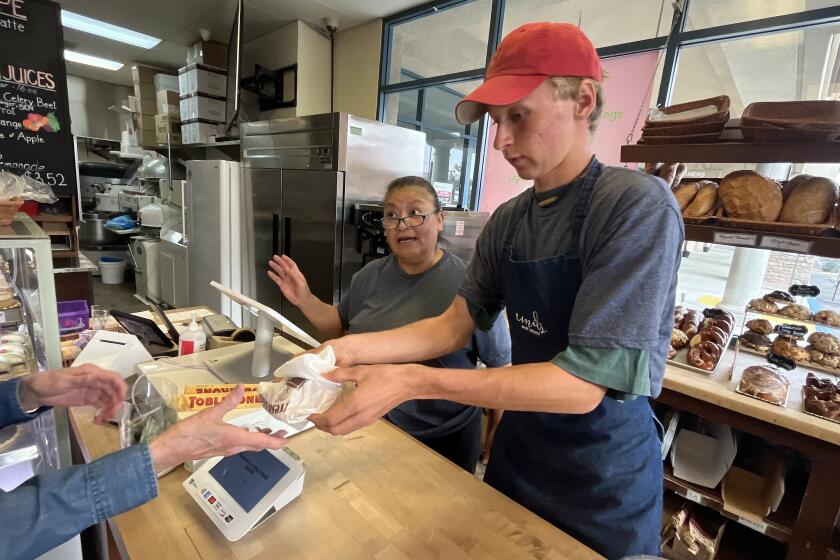Giving Thanks in San Francisco
Scarcely a month after the earthquake caused the collapse of a section of its upper deck, the Bay Bridge has reopened as a new symbol of renewal for a community that was physically and psychologically shaken to its core. Some planning officials suggest that more work needs to be done to ensure that the Bay Area’s most heavily traveled bridge could withstand major quakes centered closer to the bridge itself. But the reopening, which was marked last week by thumbs-up signs and horn-honking from enthusiastic motorists, is the latest major step toward a return to the wonderfully humdrum sense of “everydayness” so longed for by the quake’s many survivors.
The Bay Area took its first step toward full recovery with the help of a Weaverville longshoreman described as both lovable and “ornery” by friends. Buck Helm, who died last week as a result of massive injuries suffered in the quake, was quickly adopted by the nation as the symbol of what seemed to be a storybook triumph over cruel fate: How else to explain how the diabetic 58-year-old teddy bear of a man survived 90 hours under tons of Oakland’s collapsed Nimitz Freeway? His amazing ability to last as long as he did gave people reason to reflect on the value of will and determination. After rescuers dug him out from under what seemed to be a bottomless mound of crushed cars and corpses in the rubble, Helm’s waving right hand and his smile that peeked out through the wreckage offered the besieged Bay Area the lift it so desperately needed at precisely the time it needed it.
His rescue seemed to have provided the psychological turning point for the region’s gradual rebound, and to have reminded Bay Area residents of their pioneering heritage of true grit and pluck in the face of the most daunting adversity.
More to Read
Sign up for Essential California
The most important California stories and recommendations in your inbox every morning.
You may occasionally receive promotional content from the Los Angeles Times.










